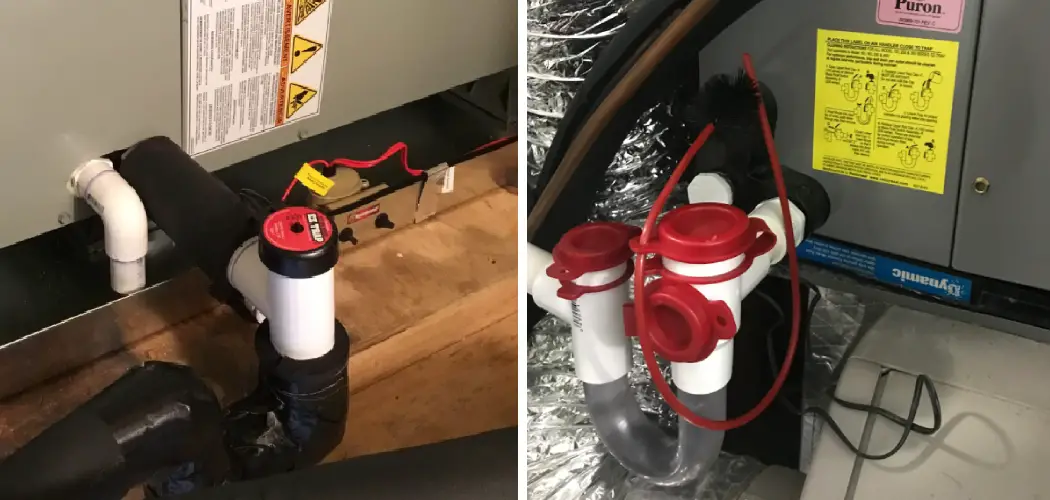Cleaning an EZ Trap is a necessary maintenance task to ensure the efficient operation of your HVAC system and prevent potential issues such as clogs and water damage. The EZ Trap, a crucial component in many air conditioning and heating systems, collects condensate and prevents it from backing up into your home. Over time, this trap can accumulate debris, algae, and mold, compromising its effectiveness and potentially causing system malfunctions. Properly cleaning the EZ Trap involves disassembling the unit, removing any accumulated buildup, and sanitizing it to prevent microbial growth.
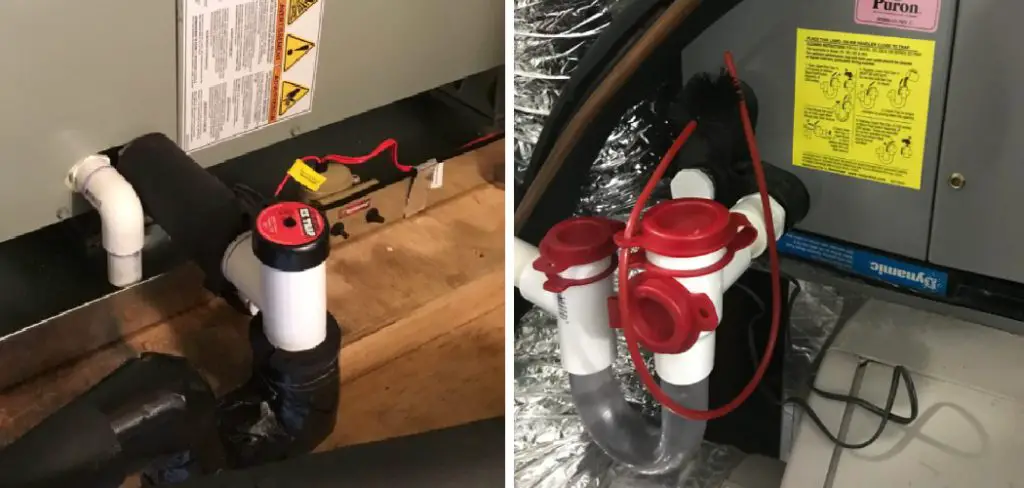
Understanding the steps and best practices for cleaning the EZ Trap is essential for maintaining indoor air quality and prolonging the lifespan of your HVAC equipment. This guide will provide comprehensive instructions on how to clean ez trap safely and effectively, ensuring your HVAC system operates smoothly and efficiently year-round.
Importance of Maintaining EZ Traps
Maintaining EZ Traps is crucial for several reasons. Firstly, a well-maintained EZ Trap ensures the effective removal of condensate from your HVAC system, preventing water from accumulating and potentially causing water damage to your property. Regular maintenance helps in avoiding clogs which can lead to overflow, resulting in costly repairs and potential downtime of the HVAC system.
Additionally, keeping the EZ Trap clean prevents the growth of mold and algae, which can adversely affect indoor air quality and pose health risks to occupants. Proper maintenance also enhances the overall efficiency and longevity of your HVAC system, ensuring it operates smoothly and reducing the likelihood of unexpected breakdowns. By investing time in regularly cleaning and maintaining your EZ Trap, you safeguard your home environment and the performance of your heating and cooling systems.
Understanding EZ Traps
An EZ Trap is a specialized component designed to facilitate the removal of condensate from HVAC systems, particularly from air conditioning units. It serves as a protective barrier against potential water damage by ensuring that condensate is effectively drained out of the system. The EZ Trap typically consists of a trap assembly that includes a transparent trap body, allowing easy visual inspection, and a float switch that automatically shuts off the system in case of a blockage.
This design makes it easier to detect and address issues before they escalate into serious problems. Additionally, the unit often includes cleanout ports, which provide convenient access points for maintenance and cleaning. By understanding the structure and function of EZ Traps, homeowners and HVAC professionals can better appreciate their importance in maintaining the efficiency and reliability of heating and cooling systems. Proper knowledge of these components is pivotal in ensuring the long-term health and performance of HVAC systems.
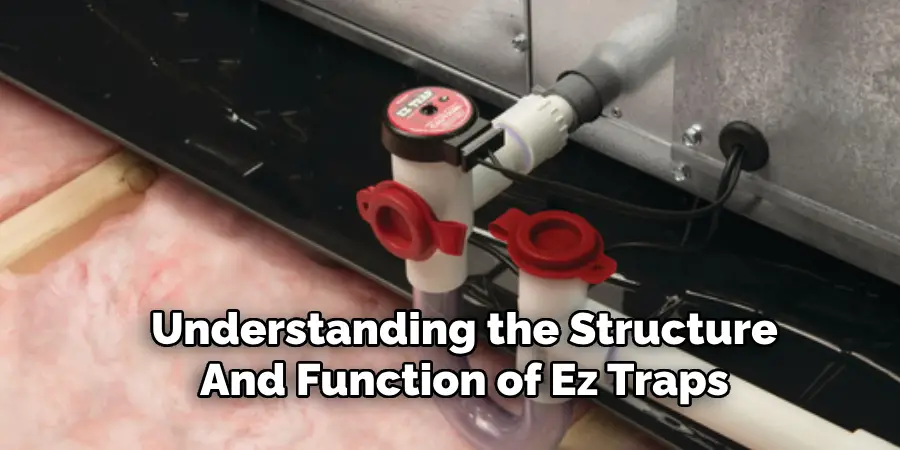
10 Methods How to Clean Ez Trap
1. Understanding the EZ Trap
Before cleaning your EZ Trap, it’s important to understand its design and function. The EZ Trap is a plastic or PVC device installed in the condensate drain line of your air conditioning system. It consists of a transparent or opaque housing with an access cap or lid. Inside the trap, there is a water seal that prevents sewer gases from entering your home. Familiarizing yourself with the EZ Trap’s components and how it works will help you clean it more effectively.
2. Shutting Off the HVAC System
Safety is paramount when working with HVAC systems. Before cleaning the EZ Trap, shut off the power to your air conditioning unit. Locate the circuit breaker or power switch for the HVAC system and turn it off to prevent accidents or injuries. Additionally, wait for the system to cool down before attempting to clean the EZ Trap to avoid burns from hot components. Ensuring the HVAC system is safely powered off protects both you and the equipment during the cleaning process.
3. Locating the EZ Trap
The EZ Trap is typically located near the air conditioning unit or furnace. It may be installed vertically or horizontally in the condensate drain line. Look for a transparent or opaque housing with an access cap or lid. The trap may be connected to the drain line with compression fittings or PVC glue. Identifying the location of the EZ Trap ensures you can access it easily for cleaning.
4. Removing the Access Cap or Lid
Once you’ve located the EZ Trap, remove the access cap or lid to access the interior. Depending on the design, the cap may twist off or have screws that need to be loosened. Use a wrench or screwdriver as necessary to remove the cap. Be careful not to damage the threads or fittings during this process. Removing the access cap allows you to inspect the interior of the trap and assess the level of buildup.
5. Inspecting the Interior
Before cleaning the EZ Trap, inspect the interior for any debris or algae buildup. Use a flashlight to illuminate the inside of the trap and look for signs of blockages or contamination. Check for slime, algae, or other organic matter that may be obstructing the drain line. A thorough inspection helps you identify the extent of the cleaning required and ensures that you address any issues effectively.
6. Flushing the EZ Trap
To clean the EZ Trap, flush it with water to remove any debris or buildup. Use a garden hose or a bucket of water to flush water through the trap. Direct the water flow through the access port to ensure it flows through the trap and drains properly. If necessary, use a pipe brush or plumber’s snake to dislodge stubborn debris. Flushing the EZ Trap helps dislodge buildup and restore proper drainage.
7. Using Vinegar Solution
Vinegar is a natural cleaner that can help remove algae and slime from the EZ Trap. Mix equal parts white vinegar and water to create a cleaning solution. Pour the vinegar solution into the trap and let it sit for 15-30 minutes to loosen the buildup. After the waiting period, flush the trap with water to rinse away the vinegar and debris. Vinegar is a gentle yet effective cleaner that helps disinfect and deodorize the EZ Trap.
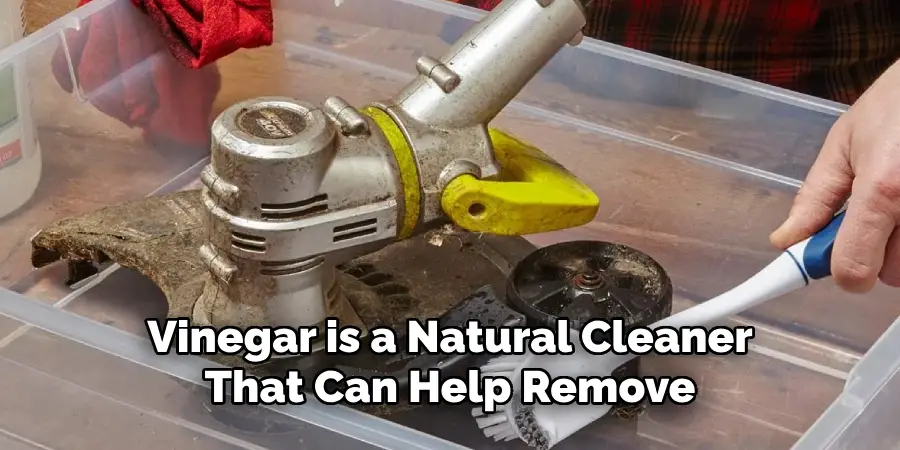
8. Applying Commercial Drain Cleaner
If the EZ Trap is heavily clogged or contaminated, you may need to use a commercial drain cleaner. Choose a drain cleaner specifically formulated for use in condensate drain lines. Follow the manufacturer’s instructions carefully and wear protective gloves and eyewear when handling chemical cleaners. Pour the drain cleaner into the trap and let it sit for the recommended amount of time. Flush the trap thoroughly with water after the cleaning process to remove any residue. Commercial drain cleaners are potent solutions that help dissolve tough clogs and buildup in the EZ Trap.
9. Scrubbing with a Brush
For stubborn buildup or algae growth, scrubbing the interior of the EZ Trap with a brush can help remove debris more effectively. Use a pipe brush or bottle brush to scrub the walls of the trap, focusing on areas with visible buildup. Apply gentle pressure to avoid damaging the trap’s interior. After scrubbing, flush the trap with water to remove loosened debris. Scrubbing with a brush provides mechanical agitation to dislodge stubborn buildup and restore proper drainage.
10. Reassembling the EZ Trap
Once the cleaning process is complete, reassemble the EZ Trap by replacing the access cap or lid. Ensure the cap is securely tightened to prevent leaks. If necessary, apply thread sealant or plumber’s tape to the threads before reassembly. Double-check all connections and fittings to ensure they are tight and secure. Reassembling the EZ Trap prepares it for normal operation and ensures proper sealing to prevent leaks.
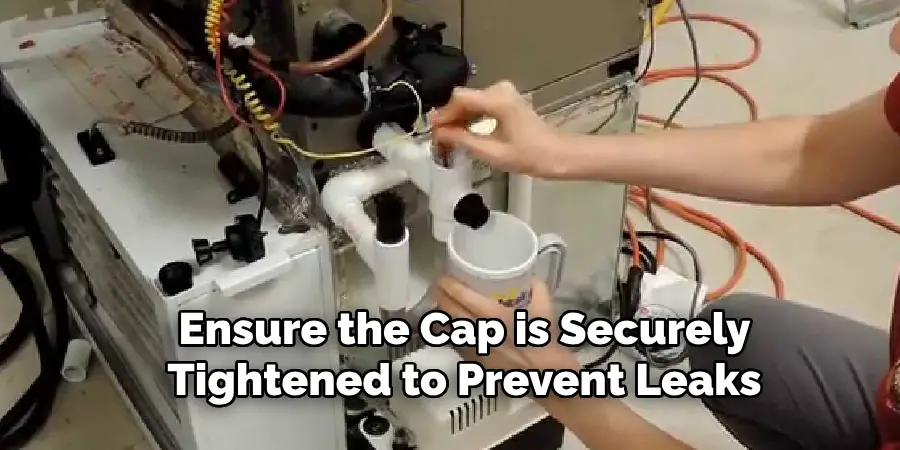
Things to Consider When Choosing a Hiking Trail
Selecting the right hiking trail can make a significant difference in your overall experience. Here are several factors to keep in mind:
- Difficulty Level: Assess your fitness and experience level to choose a trail that matches your abilities. Trails are often labeled as easy, moderate, or difficult, so pick one that aligns with your skill set.
- Distance and Duration: Consider how long you want to be hiking and the distance you wish to cover. Beginners might prefer shorter trails, while seasoned hikers could opt for longer, more challenging routes.
- Terrain: The type of terrain can impact not only the difficulty of the hike but also your comfort and safety. Identify whether the trail is rocky, steep, or flat, and ensure you have the appropriate footwear.
- Weather Conditions: Check the weather forecast before heading out. Conditions can change rapidly, and being prepared for rain, heat, or cold will help ensure a safe and enjoyable hike.
- Wildlife and Plants: Familiarize yourself with the local fauna and flora. Knowing what animals you might encounter and which plants to avoid can enhance your experience and keep you safe.
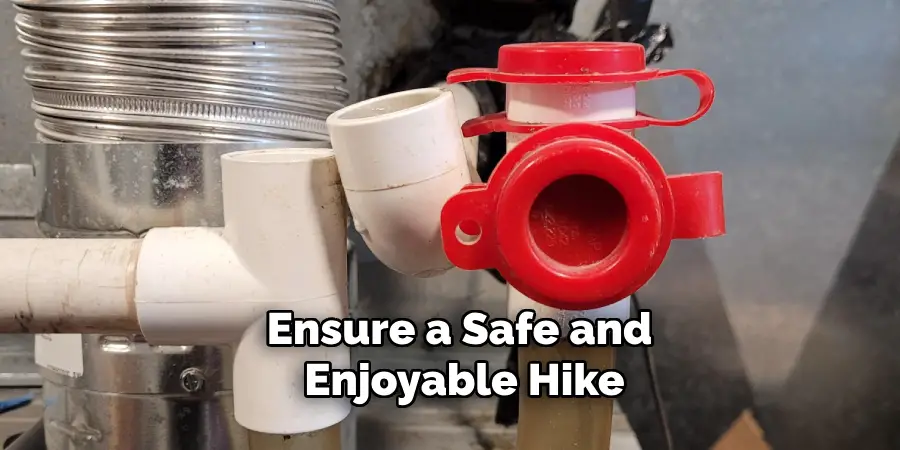
Conclusion
Cleaning an EZ Trap is a vital maintenance task that helps ensure proper drainage and prevent clogs in your HVAC system. By following these ten comprehensive methods, you can effectively clean your EZ Trap and maintain optimal performance. Understanding the trap’s design, shutting off the HVAC system, locating the trap, and inspecting the interior are essential preparatory steps.
Flushing with water, using vinegar solution or commercial drain cleaner, and scrubbing with a brush provide various cleaning approaches to address different levels of buildup. Reassembling the EZ Trap completes the cleaning process and prepares it for normal operation. Thanks for reading our blog post on how to clean ez trap! We hope you found it helpful and informative.

